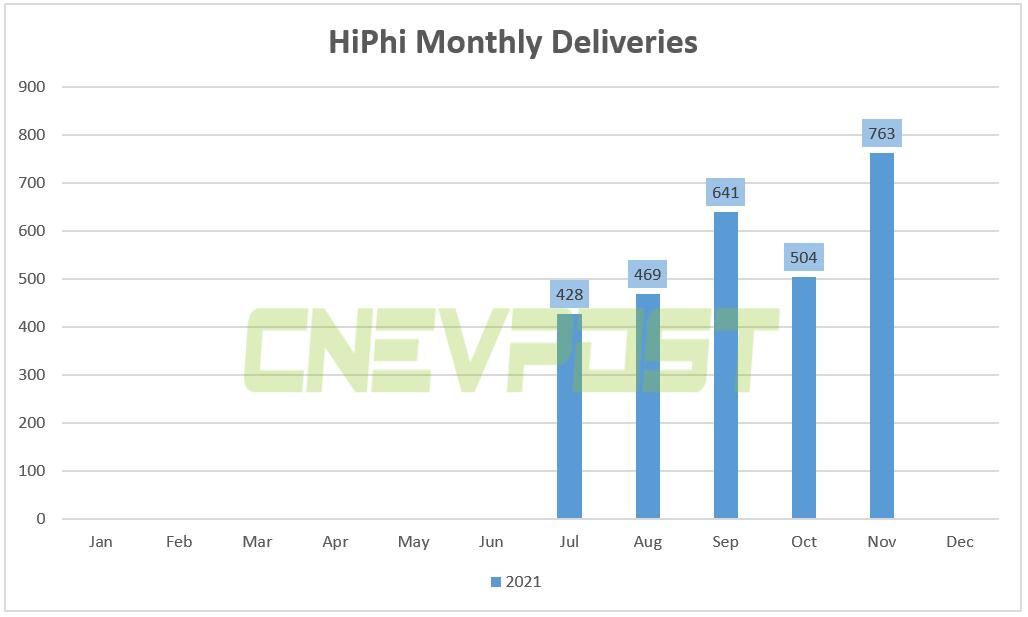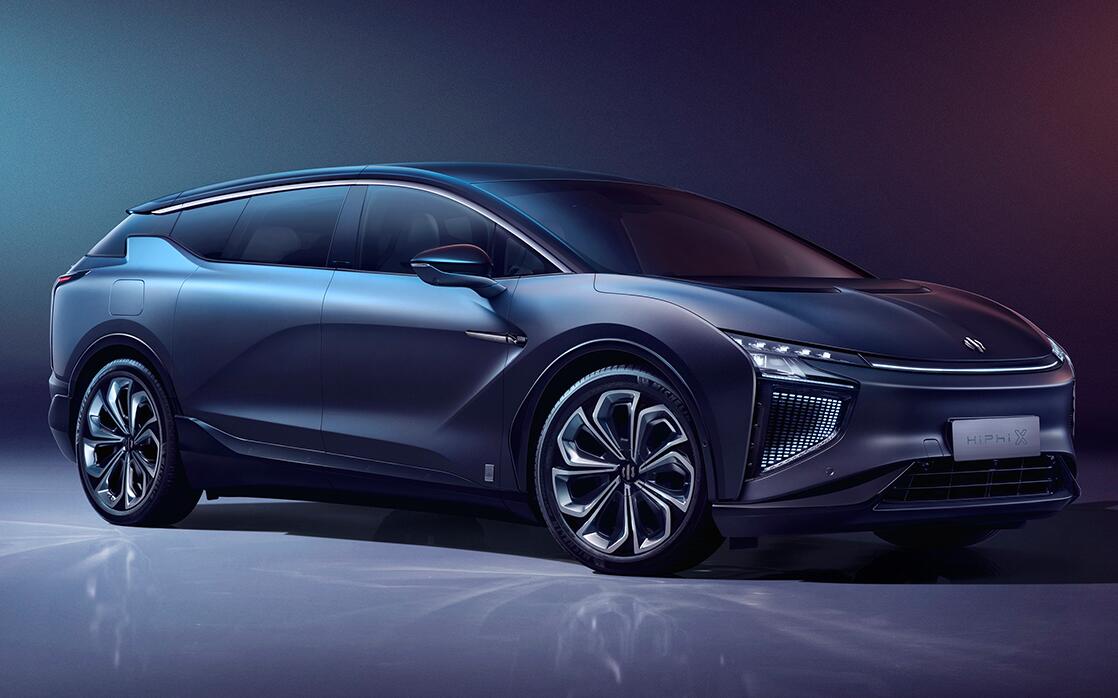Edison Yu's team expects China's BEV penetration to be more than 40 percent by 2025, equivalent to about 10 million units.

(Data: CAAM. Graphic: CnEVPost. Note: BEV sales include data for both passenger and commercial vehicles.)
China's new energy vehicle (NEV) sales have been hitting record highs since the second half of this year, and that trend may continue well into next year.
In a research note sent to investors on Sunday, Deutsche Bank's Edison Yu's team said they expect BEV (battery electric vehicle) sales in China to reach 5 million units next year, with a penetration rate of more than 40 percent by 2025, equivalent to about 10 million units.
China sold a record 450,000 NEVs in November, up 121.1 percent from a year earlier and up 17.3 percent from October, according to data released Friday by the China Association of Automobile Manufacturers (CAAM).
New energy passenger vehicle sales in November were 427,000 units, up 125.9 percent from a year earlier. Among them, BEV sales were 339,000 units, up 116.1 percent year-on-year, while plug-in hybrid sales were 88,000 units, up 174 percent year-on-year.
China's passenger car sales in November were 2,192,000 units, down 4.7 percent year-on-year. This means that the penetration rate of passenger NEVs was 19.5 percent in November.
Yu's team expects that NEV sales in China could be around 3.2 million units this year, with BEV sales likely to be slightly higher than their forecast of 2.5 million units.
Looking at the structure of the market, the team noted that the current mix is heavily skewed toward mini/city cars priced below RMB 100,000, such as the Wuling Hongguang Mini EV, which sold more than 40,000 units in November.
This segment accounts for about 50 percent of EV sales and will likely maintain that level next year, the team said, adding that the remainder of the market will be split between mid-tier products including Xpeng Motors' G3 and P5, VW's ID. 3/4, GAC Aion, and high-end products including Tesla, Nio, Zeekr, and German luxury brands.
As 2025 gets closer, that mix will shift more toward the mid-range as more models are released and the overall JV brands continue to lose market share, especially for Japanese OEMs that compete primarily in the mass market but are slow to transition to electrification, the team said.



